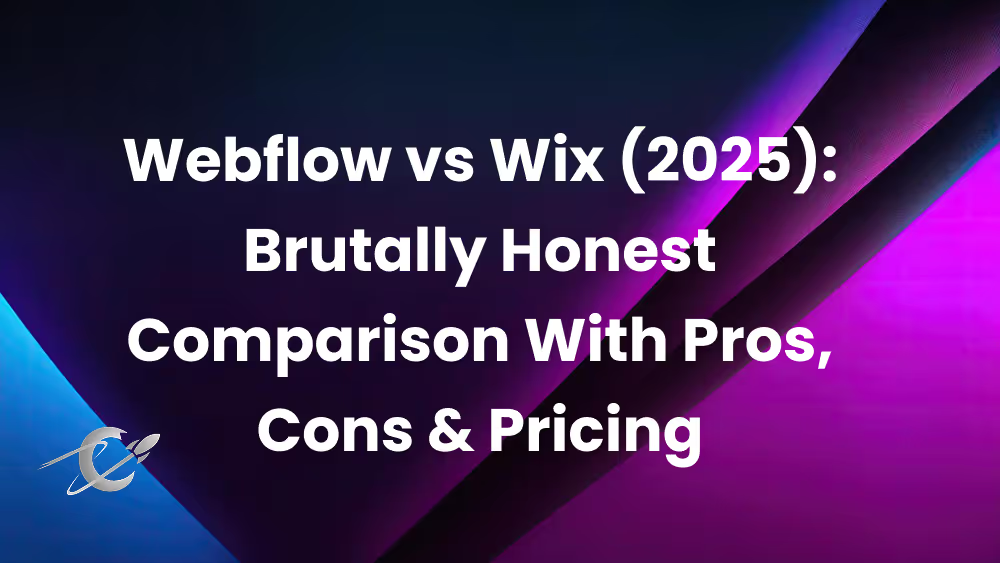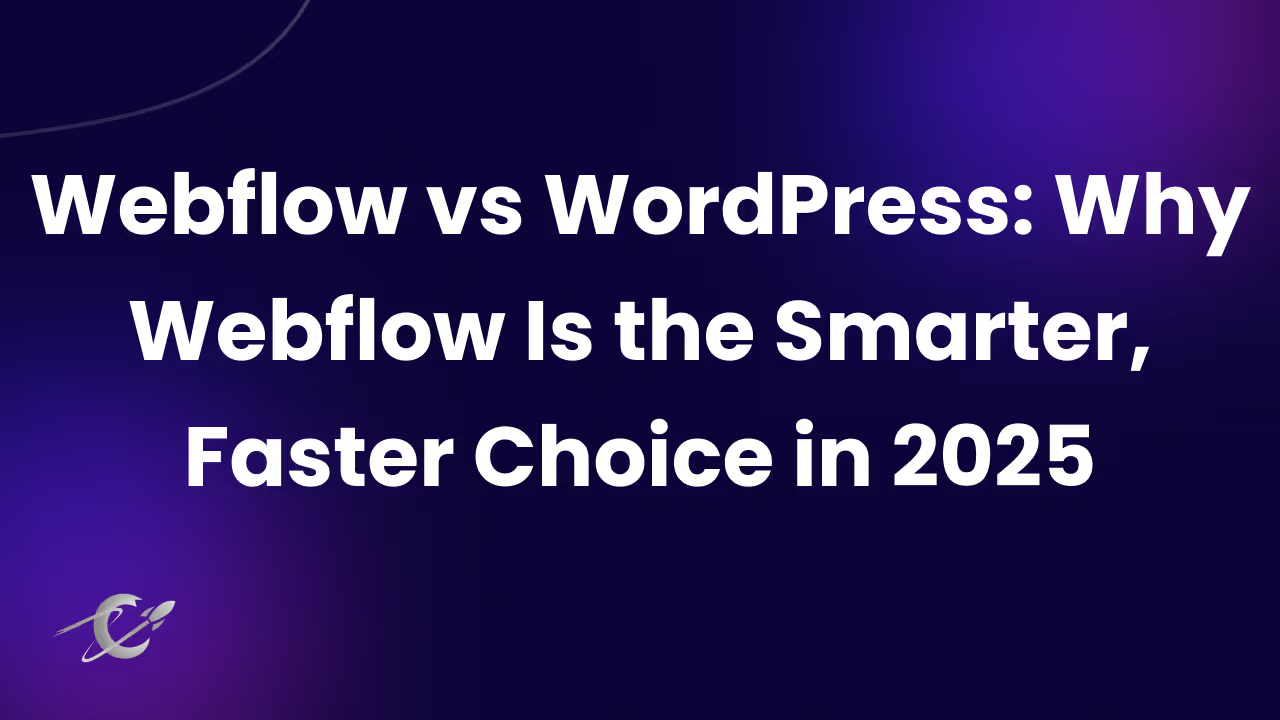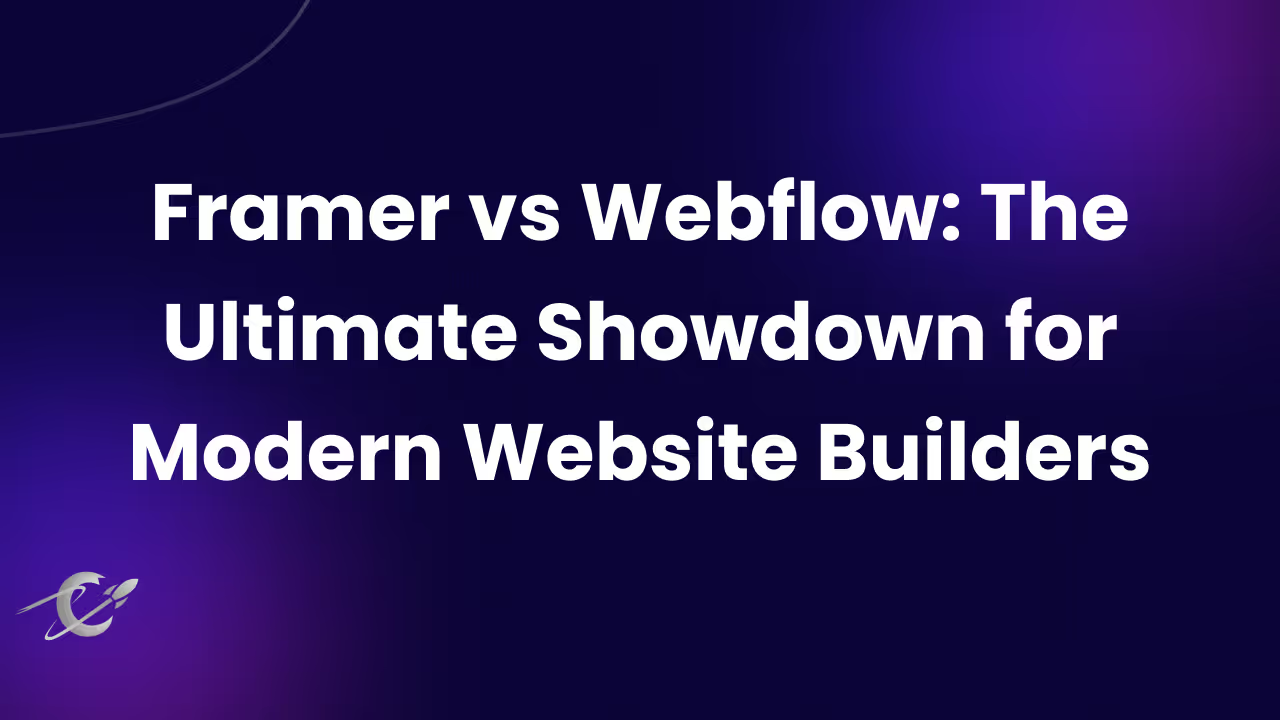AI SEO Agency: The Complete Guide to SEO, GEO & AEO
Ballistic Content Team


When you think of a tool that helps businesses grow, HubSpot is likely one of the first names that come to mind. But what exactly is HubSpot, how big is it, and why do both small startups and enterprise giants swear by it? Let’s dive into the world of HubSpot and see how it flexes its muscles across the business spectrum.
In the simplest terms, HubSpot is an all-in-one inbound marketing, sales, and customer service platform. It’s designed to help businesses attract visitors, convert leads, close deals, and delight customers. HubSpot’s charm lies in its versatility—whether you’re a small startup or a large enterprise, HubSpot has something valuable to offer.
Let’s talk numbers. HubSpot isn’t just another tool in the crowded SaaS market; it’s a heavyweight. Since its inception in 2006, HubSpot has grown to serve over 135,000 customers across more than 120 countries. But it’s not just about the numbers—it’s about the caliber of companies using it.
Big names like Doordash, Suzuki, Trello, and even the World Wildlife Fund rely on HubSpot to power their growth engines. These are companies that need robust, scalable solutions, and HubSpot delivers. Whether it’s managing massive marketing campaigns, automating sales processes, or providing seamless customer support, HubSpot is the go-to platform.
Now, let’s get into how HubSpot’s usage varies across different business sizes.
For small businesses, HubSpot is like having a Swiss Army knife. It’s incredibly user-friendly, with a free version that packs a punch. Imagine a small boutique e-commerce store run by a handful of people. They need to attract customers without breaking the bank, automate some of their processes, and keep track of customer interactions. HubSpot’s free CRM, combined with its marketing and sales tools, gives them everything they need to get started and grow.
Example: A local coffee shop might use HubSpot to manage email marketing campaigns, track customer preferences, and offer personalized promotions. It’s like having a marketing team in your pocket.
As businesses grow, their needs become more complex. A medium-sized company might have multiple departments, each with different goals but needing to stay aligned. HubSpot’s Marketing Hub, Sales Hub, and Service Hub allow for seamless collaboration across these departments.
Imagine a mid-sized SaaS company looking to scale. They need more than just basic email marketing—they need sophisticated lead nurturing, pipeline management, and detailed analytics to optimize their efforts. HubSpot’s paid tiers offer advanced features like smart content, automation workflows, and predictive lead scoring.
Example: A regional law firm might use HubSpot to automate client onboarding, manage case follow-ups, and even run targeted content campaigns to attract new clients. It’s about streamlining operations while driving growth.
For enterprise-level companies, HubSpot acts as a powerful engine driving vast, interconnected processes. These companies need more than just tools—they need a platform that integrates seamlessly with other systems, handles large volumes of data, and scales effortlessly.
Think of a global company like Trello. With thousands of employees, multiple product lines, and operations in several countries, they need a CRM that can handle the complexity. HubSpot’s enterprise-level features include custom reporting, advanced segmentation, hierarchical teams, and AI-powered insights. It’s not just about managing data—it’s about leveraging it to drive business strategy.
Example: A multinational corporation might use HubSpot to run personalized, region-specific marketing campaigns, manage a global sales force, and provide top-notch customer support, all while maintaining a unified brand voice.
So, why is HubSpot such a hit across the board? Here are a few reasons:
Additionally, HubSpot stands out for its seamless integration with a wide range of platforms and applications, including Webflow, Shopify, Gmail, Slack, Zoom, and more. These integrations create a unified and efficient experience, amplifying the impact of your marketing and sales initiatives across multiple channels.
If you’re already familiar with the power of HubSpot and the design flexibility of Webflow, combining the two can take your digital marketing efforts to a whole new level. Let’s explore why integrating HubSpot with Webflow is not just a good idea but a game-changer for your business.
Imagine this: You’ve just launched a beautifully designed Webflow site, and visitors are flooding in. But how do you make sure that all this visitor data doesn’t go to waste? Integrating HubSpot with Webflow automates the data syncing process, ensuring that every visitor interaction—whether it's filling out a form, downloading a resource, or subscribing to a newsletter—is seamlessly transferred to HubSpot’s CRM. This means you have accurate, real-time data at your fingertips, ready to be used for targeted marketing campaigns.
Example: A local fitness center might collect visitor information on their Webflow site through a sign-up form for a free trial. With HubSpot integration, this data is automatically added to their CRM, where it can trigger a personalized email campaign, welcoming potential clients and offering them more incentives to join.
Your Webflow site is the front door to your business, and with HubSpot’s inbound marketing prowess, you can turn it into a lead generation powerhouse. By integrating the two, you can leverage HubSpot’s forms, CTAs, and pop-ups directly on your Webflow site, all designed to capture leads efficiently. But it doesn’t stop there—HubSpot’s advanced lead nurturing workflows ensure that these leads are not just captured but also nurtured into loyal customers.
Example: A SaaS company can embed HubSpot forms on their Webflow landing pages to capture user information in exchange for a whitepaper or eBook. This data is then automatically entered into a HubSpot workflow that sends a series of targeted follow-up emails, guiding the lead through the buyer’s journey.
In today’s competitive digital landscape, personalization is key. HubSpot’s robust tools allow you to create tailored user experiences on your Webflow site. Whether it’s dynamic content that changes based on user behavior or personalized email campaigns triggered by specific actions on your site, integrating HubSpot with Webflow ensures that every interaction feels unique to the visitor.
Example: An e-commerce site built on Webflow can use HubSpot’s personalization tokens to display different content to users based on their previous shopping behavior. If a user has shown interest in eco-friendly products, the site could highlight a selection of sustainable items the next time they visit.
When HubSpot and Webflow join forces, your marketing efforts become more cohesive and impactful. HubSpot’s CRM, Marketing Hub, Sales Hub, and other tools work in harmony with your Webflow site to drive business growth. From automated email campaigns and social media scheduling to in-depth analytics and reporting, the integration provides a unified platform where all your marketing activities can be managed and optimized.
Example: A digital marketing agency might use HubSpot’s Marketing Hub to track the performance of various campaigns running on their Webflow site. With all data centralized, they can quickly identify which campaigns are driving the most traffic and conversions, allowing them to fine-tune their strategies for better results.
Managing content across multiple platforms can be a hassle, but with HubSpot and Webflow working together, it’s a breeze. HubSpot’s CMS allows you to manage your blog, landing pages, and other content from one place, while Webflow provides the design flexibility you need to create visually stunning pages. This integration means you can create, publish, and track content performance without jumping between platforms.
Example: A non-profit organization can use HubSpot’s CMS to manage their blog and donation pages, ensuring consistent messaging across all content. Meanwhile, Webflow’s design tools allow them to create compelling pages that attract donors and volunteers, all while tracking engagement and conversions through HubSpot.
Integrating Webflow with HubSpot is a simple process, but it demands careful attention to detail.
Before getting started, ensure you have the appropriate permissions for both HubSpot and Webflow to facilitate a smooth integration process. This Webflow integration with HubSpot will streamline your workflow and enhance your marketing and customer management efforts.
Step 1: Linking Webflow and HubSpot with a Tracking Code

If your goal is to track website analytics directly into HubSpot, follow these steps:
1.1. Obtain Your HubSpot Tracking Code:
Start by logging into your HubSpot account. Go to "Settings," then select "Tracking & Analytics," followed by "Tracking Code." Copy the code provided.
Trouble finding the tracking code? Follow this article by hubspot to find the hubspot tracking code.
1.2. Insert the Tracking Code into Webflow:
Next, log in to your Webflow dashboard. Choose the project you wish to integrate, then navigate to "Project Settings," and click on "Custom Code." Paste the HubSpot tracking code into the "Head Code" section. Once done, click "Save Changes" and then "Publish" to apply the integration.

The Webflow HubSpot integration app allows businesses to sync CRM, automate marketing, and streamline data between Webflow forms and HubSpot. A common use case for HubSpot Webflow integration involves automatically creating a contact record in HubSpot whenever a form is submitted on a Webflow site.
This integration allows you to map your Webflow form fields directly to HubSpot, eliminating the need for a middleware connection. It's a straightforward process that only requires two simple steps to synchronize the systems effectively.
Earlier, Webflow had announced that this app would only be available to Enterprise accounts, but it is free to use for any level of Webflow
The app integration is simple and offers the following -
Embed and STYLE your HubSpot forms directly in the Webflow Designer. Simply select the existing HubSpot form you want to embed from the dropdown and you can preview and style the form like you would a native Webflow form. Or, you can embed pre-styled forms via iFrame if you want to automatically sync form updates with HubSpot.
If you’d prefer to use your existing Webflow forms, you can now map your Webflow forms to an existing HubSpot form. Once connected, you can view and update all of the connected forms from the App menu.
Search and add approved campaign images or videos in HubSpot to your site.
Quickly grab and embed the code required to add a HubSpot chatbot to Webflow site.
Add your HubSpot tracking code to your entire site with the click of a button
For seamless Webflow form integrations, you can embed HubSpot forms without using external tools like Zapier. Here’s a step-by-step guide on how to embed HubSpot forms directly into Webflow:
Step 1: Access Your HubSpot Form
Step 2: Copy the Embed Code
Step 3: Log in to Your Webflow Site
Step 4: Choose Your Embedding Location
Step 5: Add the Embed Component
Step 6: Insert the Embed Code
Step 7: Publish Your Changes

4. Integrating HubSpot and Webflow via Zapier
This method offers the most amount of flexibility with what all you can achieve using the Zapier Hubspot integrations for Webflow.
Step 1: Create a Zapier Account
Step 2: Set Up Your Triggers
Step 3: Set Up Your Actions
Step 4: Map Your Data Fields
Step 5: Test Your Zap
Step 6: Activate Your Zap
Remember to regularly monitor your Zaps to ensure they continue to run smoothly. While Zapier is a powerful tool, it may not handle all possible integrations or complex workflows. For more advanced or tailored integrations, consider reaching out to our team of experts.
To conclude, the best method to have a seamlessly working Hubspot and Webflow Integrations is to have a Webflow Expert or a Webflow Design and Development Agency do it for you. All of the above stated methods seem simple but can be challenging, buggy or extremely time taking. You can choose an hourly plan from our Webflow Subscription page and we can hook you up with a solid Hubspot and Webflow Integration within 2 hours.
A: Webflow HubSpot integration allows users to connect Webflow sites with HubSpot’s CRM, enabling lead tracking, form submissions, and marketing automation.
Keywords: Webflow HubSpot integration, Webflow CRM, HubSpot Webflow
A: You can integrate HubSpot with Webflow using Webflow’s HubSpot app, embedding forms, Zapier automation, or direct tracking code integration.
Keywords: Best Webflow integrations, HubSpot Webflow integration, Webflow form integrations
A: No, Webflow does not have a built-in CRM, but you can connect HubSpot for full customer management through Webflow HubSpot integration.
Keywords: Webflow CRM, Webflow HubSpot, Webflow and HubSpot integration
A: Yes, you can use Webflow’s native HubSpot integration or embed HubSpot forms for basic automation without Zapier.
Keywords: HubSpot Webflow integration, Webflow CRM, Webflow form integrations
A: Webflow itself is not a CRM, but HubSpot offers advanced customer management when integrated with Webflow.
Keywords: Webflow CRM, HubSpot Webflow, Webflow and HubSpot integration
A: The easiest method is using Webflow’s HubSpot integration app or embedding HubSpot forms directly into your Webflow site.
Keywords: Webflow HubSpot integration, Webflow form integrations, HubSpot Webflow integration
A: Webflow’s HubSpot integration app is free, but Webflow Enterprise users get additional functionality. HubSpot’s advanced CRM features may require a paid plan.
Keywords: Webflow HubSpot, Best Webflow integrations, Webflow and HubSpot integration
A: Yes, with Webflow HubSpot integration, all form submissions can be automatically sent to HubSpot’s CRM, making lead tracking seamless.
Keywords: Webflow form integrations, HubSpot Webflow integration, Webflow CRM
A: You need to add HubSpot’s tracking code to Webflow’s custom code settings, enabling visitor tracking and analytics within HubSpot’s CRM.
Keywords: HubSpot Webflow, Webflow CRM, Webflow HubSpot integration




Only valid for-